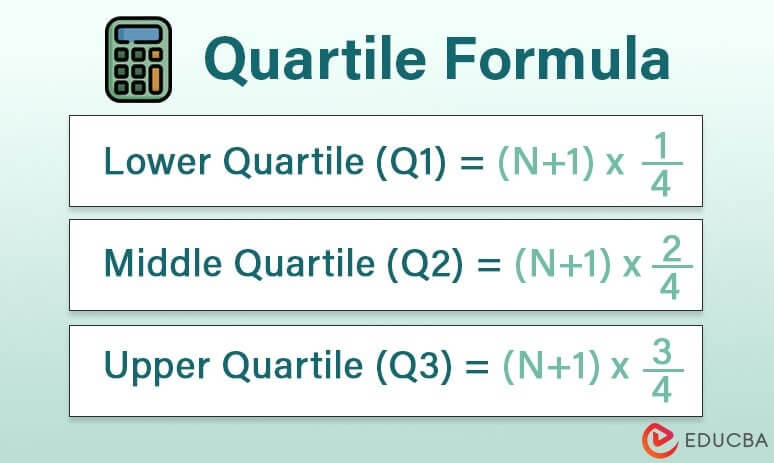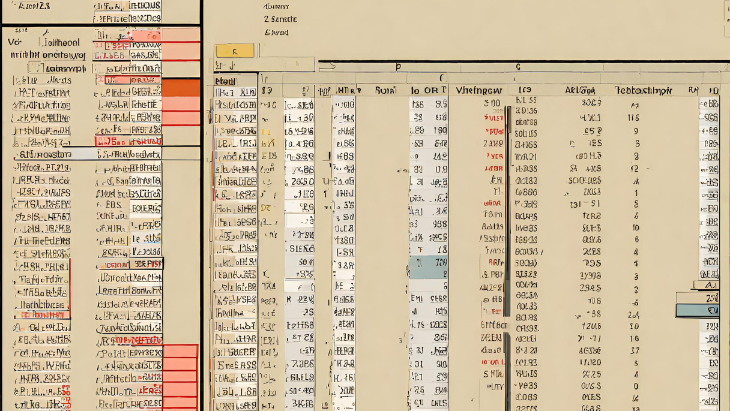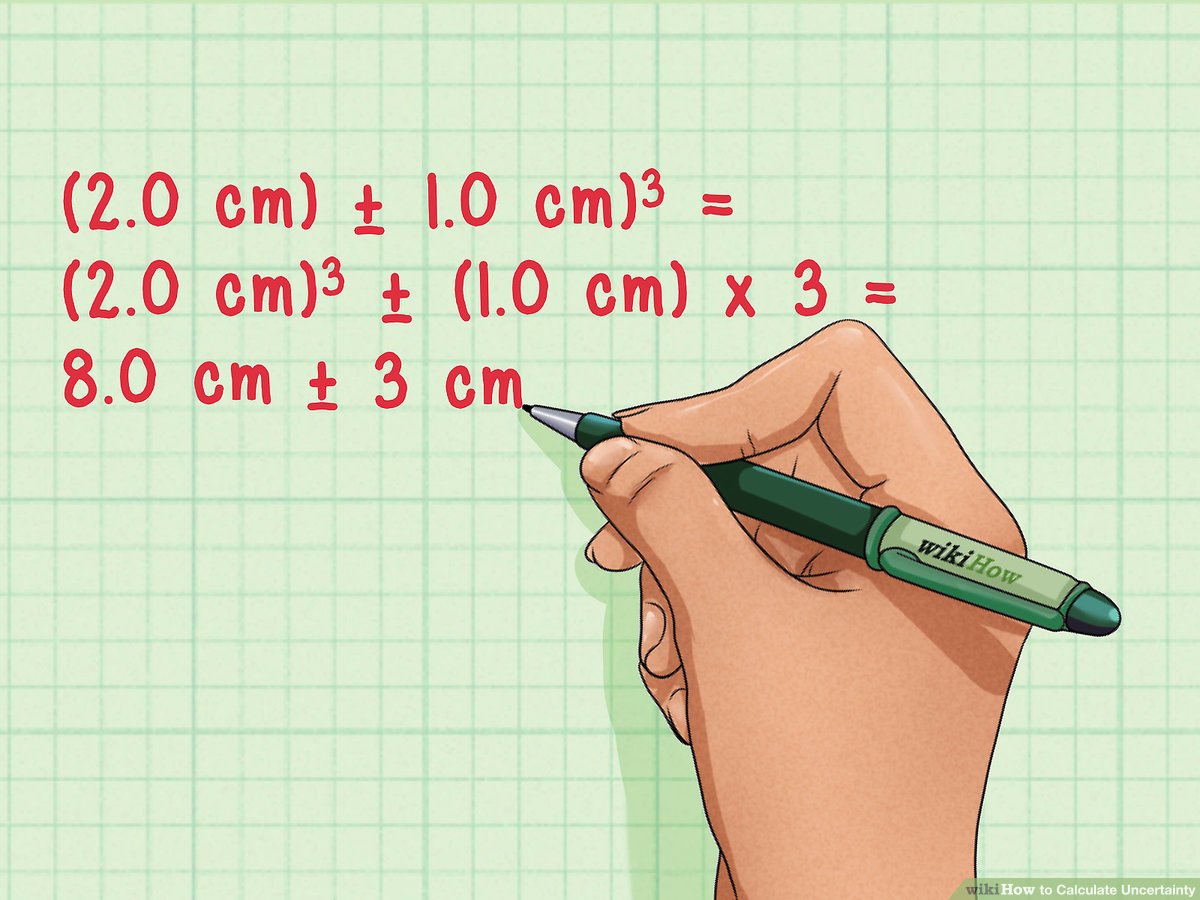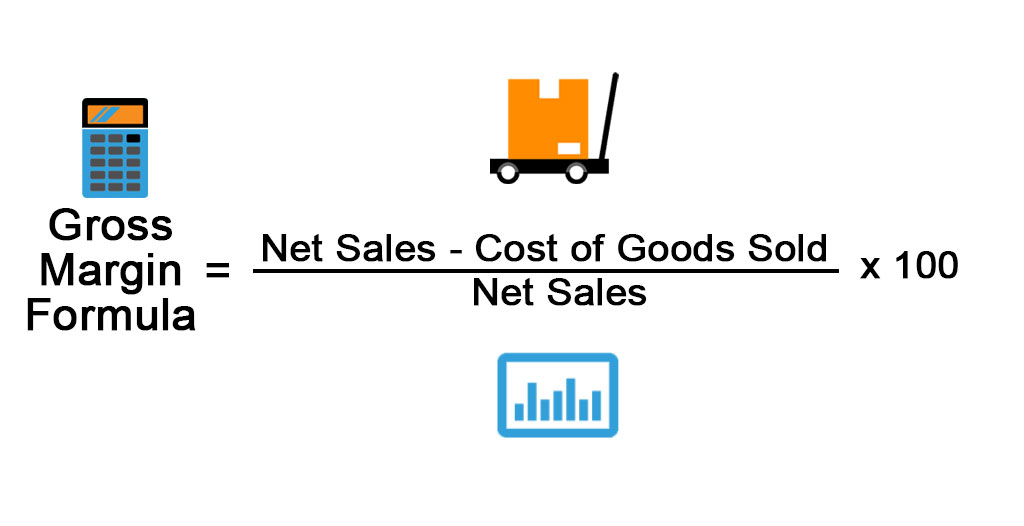Quartiles are a common statistical measure used to divide a data set into four equal parts. The first quartile, or Q1, is the middle value of the lower half of the data set. In other words, Q1 is the value below which 25% of the data lies.
In this article, we will discuss how to find the first quartile using two different methods: the formula method and the cumulative frequency method. We will also provide some examples to help you understand how to use these methods.
How to Find Quartile 1
Quartiles are a way to divide a data set into four equal parts. The first quartile, or Q1, is the middle value of the lower half of the data set. In other words, Q1 is the value below which 25% of the data lies.
There are two main methods for finding quartiles: the formula method and the cumulative frequency method.
Formula Method
The formula method is the most common way to find quartiles. To find Q1 using the formula method, you need to first order the data set from least to greatest. Then, you can use the following formula:
Q1 = (n + 1) / 4
where n is the number of data points in the data set.
For example, let’s say we have the following data set:
1, 3, 5, 7, 9, 11, 13, 15, 17
There are 9 data points in this data set, so n = 9. Plugging this value into the formula, we get:
Q1 = (9 + 1) / 4
Q1 = 5
Therefore, Q1 for this data set is 5.
Cumulative Frequency Method
The cumulative frequency method is another way to find quartiles. To find Q1 using the cumulative frequency method, you first need to create a cumulative frequency table. A cumulative frequency table shows the number of data points that are less than or equal to a given value.
To create a cumulative frequency table for the data set above, we would do the following:
Value | Frequency | Cumulative Frequency
------- | -------- | --------
1 | 1 | 1
3 | 2 | 3
5 | 3 | 6
7 | 4 | 10
9 | 5 | 15
11 | 6 | 21
13 | 7 | 28
15 | 8 | 36
17 | 9 | 45
The cumulative frequency for the value below which 25% of the data lies is 15. This means that 15 of the 45 data points in the data set are less than or equal to 7. Therefore, Q1 for this data set is 7.
Conclusion
Quartiles are a useful statistical tool for understanding data sets. By understanding how to find quartiles, you can gain insights into the distribution of your data.
How to Calculate Quartile 1
Quartiles are a way to divide a data set into four equal parts. The first quartile, or Q1, is the middle value of the lower half of the data set. In other words, Q1 is the value below which 25% of the data lies.
There are two main methods for calculating quartiles: the formula method and the cumulative frequency method.
Formula Method
The formula method is the most common way to calculate quartiles. To calculate Q1 using the formula method, you need to first order the data set from least to greatest. Then, you can use the following formula:
Q1 = (n + 1) / 4
where n is the number of data points in the data set.
For example, let’s say we have the following data set:
1, 3, 5, 7, 9, 11, 13, 15, 17
There are 9 data points in this data set, so n = 9. Plugging this value into the formula, we get:
Q1 = (9 + 1) / 4
Q1 = 5
Therefore, Q1 for this data set is 5.
Cumulative Frequency Method
The cumulative frequency method is another way to calculate quartiles. To calculate Q1 using the cumulative frequency method, you first need to create a cumulative frequency table. A cumulative frequency table shows the number of data points that are less than or equal to a given value.
To create a cumulative frequency table for the data set above, we would do the following:
Value | Frequency | Cumulative Frequency
------- | -------- | --------
1 | 1 | 1
3 | 2 | 3
5 | 3 | 6
7 | 4 | 10
9 | 5 | 15
11 | 6 | 21
13 | 7 | 28
15 | 8 | 36
17 | 9 | 45
The cumulative frequency for the value below which 25% of the data lies is 15. This means that 15 of the 45 data points in the data set are less than or equal to 7. Therefore, Q1 for this data set is 7.
Conclusion
Quartiles are a useful statistical tool for understanding data sets. By understanding how to calculate quartiles, you can gain insights into the distribution of your data.
Additional Information
In addition to the formula method and the cumulative frequency method, there are also a number of other ways to calculate quartiles. For example, you can use a calculator or spreadsheet program to calculate quartiles. You can also use a statistical software program to calculate quartiles.
Examples
Here are some examples of how to calculate quartiles:
- Formula Method:
Data Set: 1, 3, 5, 7, 9, 11, 13, 15, 17
n = 9
Q1 = (n + 1) / 4 = (9 + 1) / 4 = 5
- Cumulative Frequency Method:
Data Set: 1, 3, 5, 7, 9, 11, 13, 15, 17
Cumulative Frequency Table:
Value | Frequency | Cumulative Frequency
------- | -------- | --------
1 | 1 | 1
3 | 2 | 3
5 | 3 | 6
7 | 4 | 10
9 | 5 | 15
11 | 6 | 21
13 | 7 | 28
15 | 8 | 36
17 | 9 | 45
Q1 = Value below which 25% of the data lies
Q1 = Value with Cumulative Frequency of 15
Q1 = 7Find quartile 1
Quartiles are a way to divide a data set into four equal parts. The first quartile, or Q1, is the middle value of the lower half of the data set. In other words, Q1 is the value below which 25% of the data lies.
There are two main methods for finding quartiles: the formula method and the cumulative frequency method.
Formula Method
The formula method is the most common way to find quartiles. To find Q1 using the formula method, you need to first order the data set from least to greatest. Then, you can use the following formula:
Q1 = (n + 1) / 4
where n is the number of data points in the data set.
For example, let’s say we have the following data set:
1, 3, 5, 7, 9, 11, 13, 15, 17
There are 9 data points in this data set, so n = 9. Plugging this value into the formula, we get:
Q1 = (9 + 1) / 4
Q1 = 5
Therefore, Q1 for this data set is 5.
Cumulative Frequency Method
The cumulative frequency method is another way to find quartiles. To find Q1 using the cumulative frequency method, you first need to create a cumulative frequency table. A cumulative frequency table shows the number of data points that are less than or equal to a given value.
To create a cumulative frequency table for the data set above, we would do the following:
Value | Frequency | Cumulative Frequency
------- | -------- | --------
1 | 1 | 1
3 | 2 | 3
5 | 3 | 6
7 | 4 | 10
9 | 5 | 15
11 | 6 | 21
13 | 7 | 28
15 | 8 | 36
17 | 9 | 45
The cumulative frequency for the value below which 25% of the data lies is 15. This means that 15 of the 45 data points in the data set are less than or equal to 7. Therefore, Q1 for this data set is 7.
Conclusion
Quartiles are a useful statistical tool for understanding data sets. By understanding how to find quartiles, you can gain insights into the distribution of your data.
Additional Information
In addition to the formula method and the cumulative frequency method, there are also a number of other ways to calculate quartiles. For example, you can use a calculator or spreadsheet program to calculate quartiles. You can also use a statistical software program to calculate quartiles.
Examples
Here are some examples of how to calculate quartiles:
- Formula Method:
Data Set: 1, 3, 5, 7, 9, 11, 13, 15, 17
n = 9
Q1 = (n + 1) / 4 = (9 + 1) / 4 = 5
- Cumulative Frequency Method:
Data Set: 1, 3, 5, 7, 9, 11, 13, 15, 17
Cumulative Frequency Table:
Value | Frequency | Cumulative Frequency
------- | -------- | --------
1 | 1 | 1
3 | 2 | 3
5 | 3 | 6
7 | 4 | 10
9 | 5 | 15
11 | 6 | 21
13 | 7 | 28
15 | 8 | 36
17 | 9 | 45
Q1 = Value below which 25% of the data lies
Q1 = Value with Cumulative Frequency of 15
Q1 = 7Quartile 1 Formula
Quartiles are a way to divide a data set into four equal parts. The first quartile, or Q1, is the middle value of the lower half of the data set. In other words, Q1 is the value below which 25% of the data lies.
The formula for calculating Q1 is as follows:
Q1 = (n + 1) / 4
where n is the number of data points in the data set.
To use this formula, you first need to order the data set from least to greatest. Then, you can plug the number of data points into the formula to find Q1.
Example
Let’s say we have the following data set:
1, 3, 5, 7, 9, 11, 13, 15, 17
There are 9 data points in this data set, so n = 9. Plugging this value into the formula, we get:
Q1 = (9 + 1) / 4
Q1 = 5
Therefore, Q1 for this data set is 5.
Interpretation
Q1 is a useful statistical measure for understanding the distribution of a data set. It can be used to identify the median of the lower half of the data set. In this example, Q1 is 5, which means that 50% of the data points in the data set are less than or equal to 5.
Additional Information
In addition to the formula method, there are also a number of other ways to calculate quartiles. For example, you can use a calculator or spreadsheet program to calculate quartiles. You can also use a statistical software program to calculate quartiles.
Conclusion
The quartile 1 formula is a simple and easy way to calculate Q1. By understanding how to use this formula, you can gain insights into the distribution of your data.
Quartile 1 Examples
Quartiles are a way to divide a data set into four equal parts. The first quartile, or Q1, is the middle value of the lower half of the data set. In other words, Q1 is the value below which 25% of the data lies.
Here are some examples of how to calculate Q1:
Formula Method
The formula method is the most common way to calculate quartiles. To find Q1 using the formula method, you need to first order the data set from least to greatest. Then, you can use the following formula:
Q1 = (n + 1) / 4
where n is the number of data points in the data set.
Example
Let’s say we have the following data set:
1, 3, 5, 7, 9, 11, 13, 15, 17
There are 9 data points in this data set, so n = 9. Plugging this value into the formula, we get:
Q1 = (9 + 1) / 4
Q1 = 5
Therefore, Q1 for this data set is 5.
Cumulative Frequency Method
The cumulative frequency method is another way to find quartiles. To find Q1 using the cumulative frequency method, you first need to create a cumulative frequency table. A cumulative frequency table shows the number of data points that are less than or equal to a given value.
Example
To create a cumulative frequency table for the data set above, we would do the following:
Value | Frequency | Cumulative Frequency
------- | -------- | --------
1 | 1 | 1
3 | 2 | 3
5 | 3 | 6
7 | 4 | 10
9 | 5 | 15
11 | 6 | 21
13 | 7 | 28
15 | 8 | 36
17 | 9 | 45
The cumulative frequency for the value below which 25% of the data lies is 15. This means that 15 of the 45 data points in the data set are less than or equal to 7. Therefore, Q1 for this data set is 7.
Interpretation
Q1 is a useful statistical measure for understanding the distribution of a data set. It can be used to identify the median of the lower half of the data set. In this example, Q1 is 5, which means that 50% of the data points in the data set are less than or equal to 5.
Additional Information
In addition to the formula method and the cumulative frequency method, there are also a number of other ways to calculate quartiles. For example, you can use a calculator or spreadsheet program to calculate quartiles. You can also use a statistical software program to calculate quartiles.
Conclusion
Quartiles are a useful statistical tool for understanding the distribution of data sets. By understanding how to calculate quartiles, you can gain insights into your data.
Here are some other examples of how to use quartiles:
- To compare the distribution of two data sets: You can calculate the quartiles for each data set and then compare them to see how the data sets are distributed. For example, if the Q1 for one data set is lower than the Q1 for another data set, this indicates that the first data set is more spread out than the second data set.
- To identify outliers: Outliers are data points that are significantly different from the rest of the data set. You can use quartiles to identify outliers by looking for data points that are outside the interquartile range (IQR). The IQR is the difference between Q3 and Q1. For example, if the IQR is 5 and a data point is less than Q1 – 2 * IQR or greater than Q3 + 2 * IQR, then this data point is considered an outlier.
- To set confidence intervals: Confidence intervals are used to estimate the true value of a population parameter. You can use quartiles to set confidence intervals for the median of a data set. For example, if you want to set a 95% confidence interval for the median of a data set, you can use the following formula:
median (data set) ± 1.96 * IQR










